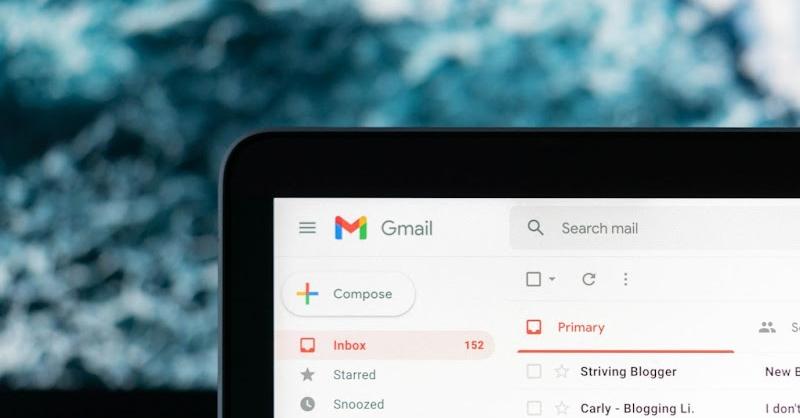In the digital age, email has become an indispensable tool for personal communication, business, and marketing. It’s the backbone of our virtual communication, and harnessing its power is crucial in various aspects of our lives. But have you ever considered the importance of “warming up your inbox”? In this article, we’ll explore the concept of “inbox warming” and why it’s an essential practice in the realm of email communication. Whether you’re a seasoned professional or a casual email user, understanding the necessity of “Warmup your inbox” can enhance your email experience and ensure your messages reach their intended destinations efficiently.
What does the process of email warm-up involve?
The process of email warm-up is a crucial step in email marketing, especially when you’re using a new domain or email address. It involves gradually establishing a positive sender reputation with email service providers (ESPs) like Gmail, Yahoo, and Outlook. Here’s what the process typically involves:
Start with Low-Volume Sends: Initially, you send a small volume of emails. This can be as simple as sending a few emails to your colleagues, friends, or existing subscribers. This gradual approach signals to ISPs that your email address is legitimate.
Engagement-Oriented Emails: Focus on creating engaging, valuable content for your initial emails. Encourage recipients to open, click, and interact with your messages. High engagement rates send positive signals to ISPs.
Gradually Increase Volume: As your sender reputation improves, gradually increase your email sending volume. Don’t go from sending a handful of emails to thousands in a single day. This gradual increase helps avoid triggering spam filters.
Segmentation: Segment your email list based on recipient engagement. Send more frequent emails to those who regularly open and engage with your messages, and less frequent emails to less engaged subscribers.
Authentication: Ensure that your domain is properly authenticated using mechanisms like SPF, DKIM, and DMARC. This adds credibility to your sender identity.
Monitoring and Adjustments: Continuously monitor your email performance, including open rates, click-through rates, and spam complaints. Adjust your email frequency and content based on recipient behavior and feedback.
List Hygiene: Regularly clean your email list by removing inactive or bouncing email addresses. Sending to invalid or outdated addresses can harm your sender reputation.
Warm-up Period Duration: The duration of the warm-up period can vary but is often recommended to last for a few weeks to a few months, depending on your email volume and sender history
When is it possible for people to stop warming up their email accounts?
The question of when to conclude the email warm-up process and stop warming up email accounts is a common one in the world of email marketing. Email warm-up is an essential practice for establishing a positive sender reputation, ensuring that your emails reach the recipient’s inbox instead of being marked as spam. However, there isn’t a one-size-fits-all answer to this question, as the timing varies based on several factors. Using a warm-up platform to build your reputation is much better because it ensures consistent warm-up. A warm-up platform is designed to run daily throughout your email account’s lifetime, effectively balancing your own activity.
Final Thoughts
In conclusion, a warm-up platform is a valuable ally in the world of email marketing. It plays a pivotal role in ensuring that your emails consistently reach the intended inboxes, rather than being relegated to the dreaded spam folder. By maintaining a steady and strategic warm-up routine, you can establish and maintain a positive sender reputation.
One of the key advantages of utilizing a warm-up platform is its consistency. It operates daily throughout the lifespan of your email account, effectively managing and balancing your email activity. This results in a more reliable and sustained reputation-building process.
Moreover, the variability of when to conclude the email warm-up process becomes less of a concern when relying on a dedicated warm-up platform. It streamlines the entire process, reducing the need for manual adjustments and allowing you to focus on crafting engaging content and optimizing your email campaigns.






